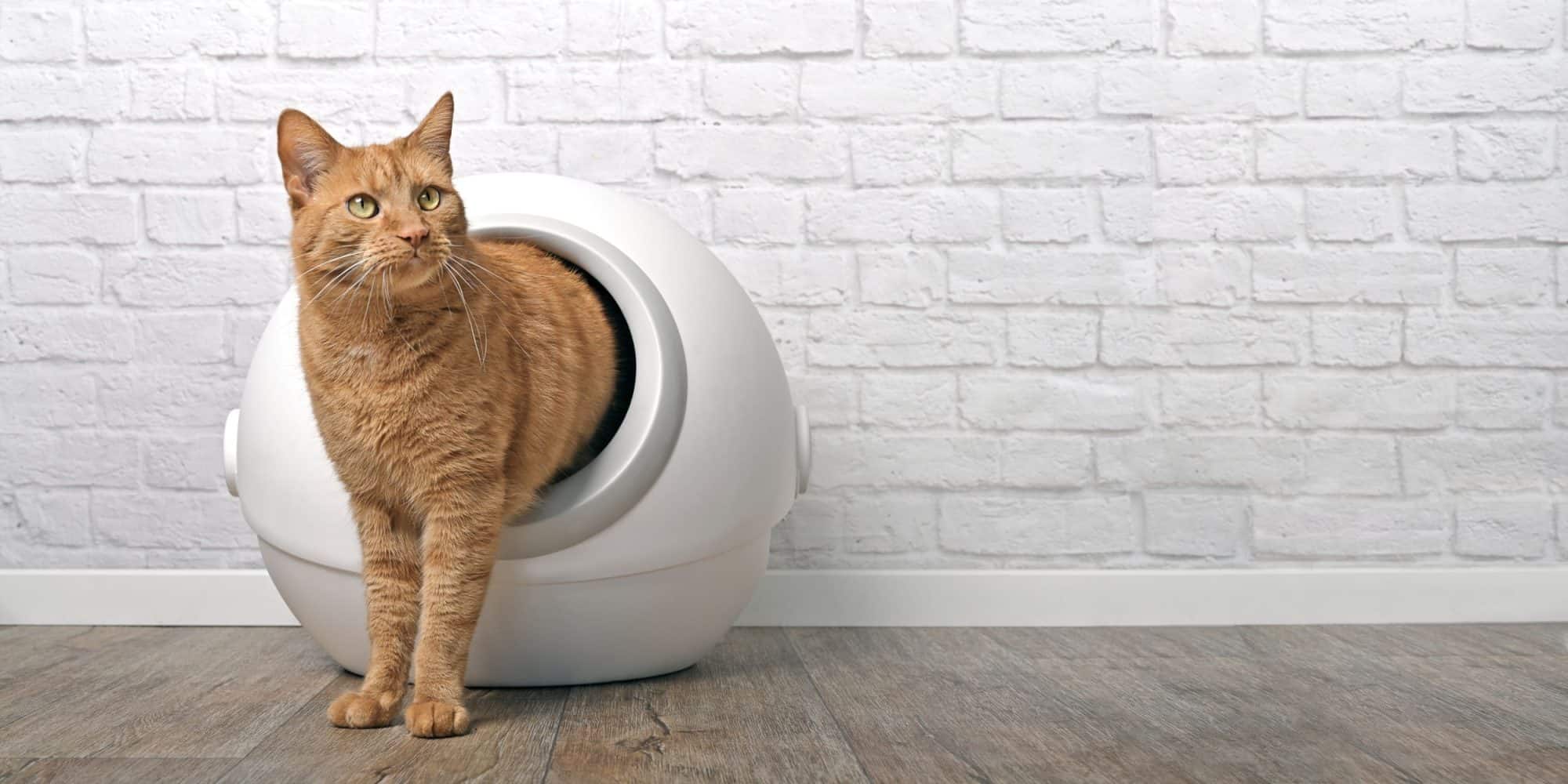How to Identify and Remedy Litter Box Problems

Cat owners typically go the extra mile to provide their kitties with all the items they enjoy and prefer. Since cats have highly unique predilections, any small change could lead to a significant litter box problem.
What’s Up, Friend?
Most of the time, cats keep symptoms of illness or injury under wraps. Litter box problems are among the few ways that cats communicate health scares. If you ever see (or, more to the point, smell) signs that your cat is urinating outside their box, the first thing to do is rule out serious medical concerns.
Urinary tract infections, kidney stones, or blockages are common culprits behind litter box problems. Prescription medication can clear these up, and modifications to their diet can keep future UTIs and kidney issues at bay.
Feline Interstitial Cystitis (FIC) affects the neurological system and leads to litter box problems and other serious symptoms. This can be life-threatening, and medical intervention is not optional. Litter Box Problems
Once health conditions are ruled out, you can address environmental triggers. Some issues related to kitty bathroom time include:
- Shared litter boxes with multiple cats
- Not enough litter boxes (1 per cat, plus 1; 1 box on each level of the house)
- Location
- Changes to litter
- Proximity to food/water, household activity, disturbing noise
- Unhygienic conditions
When setting your cat up for the best possible outcome, it is vital to find the right litter for their specific tastes. Many cats dislike fragrant litter, and have strong opinions about texture. Once you dial in what they like, try not to switch brands or litter styles. If you do need to change cat litters, do so gradually to reduce any feline upset. Start by adding 10-20% of the new litter to the old, only increasing the new litter if your cat doesn’t seem to mind.
Other Considerations
This approach must also extend to litter box shapes/sizes and location. As creatures of habit, cats dislike disruptions to their routine. Ideally, your cat’s litter box is situated in a quiet area away from household traffic or noise. This location shouldn’t be too close to their food/water or your own bathroom.
As they are disturbed by smell, try to scoop their litter as soon as they go. If this isn’t possible, aim for at least 1-2 times a day to reduce smell. Hoods might need to be removed in order to free any trapped odor.
Bare Necessities
Having the right bathroom set-up for your cat is one of the most important aspects of their daily care. Regular inspection of their litter box can clue you into their overall health, and stool samples that are discolored, runny, or otherwise abnormal are vital signals that require immediate help.
If you have additional questions or concerns about potential litter box problems, please let us know. Mobile Vet MD is always happy to help you at (732) 387‑7977.
